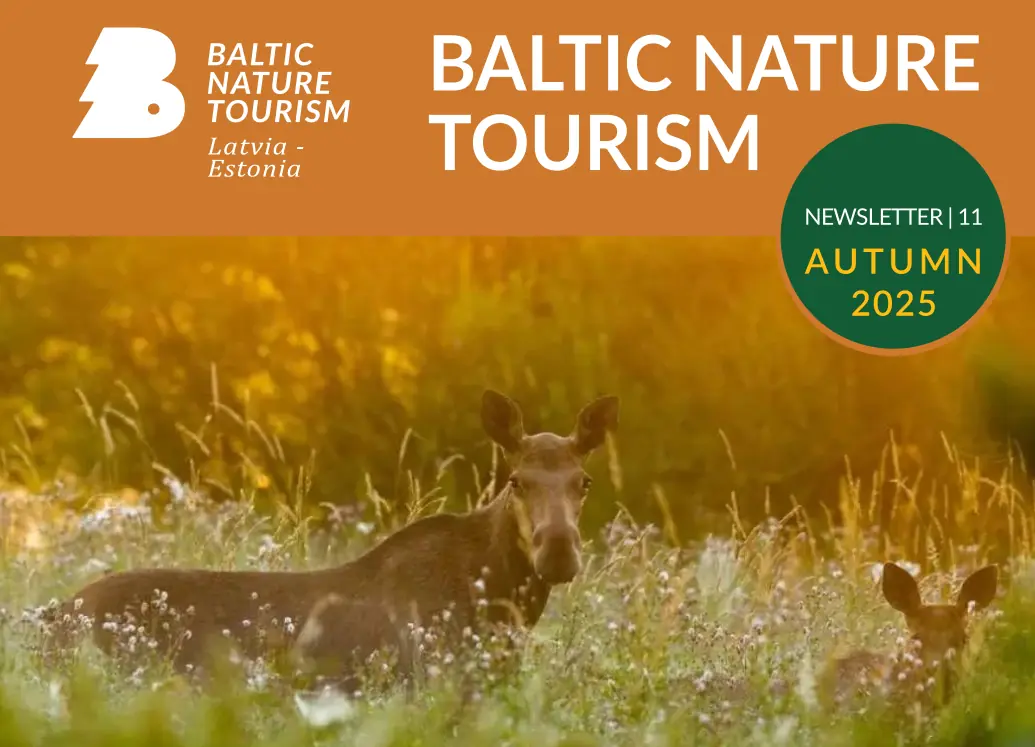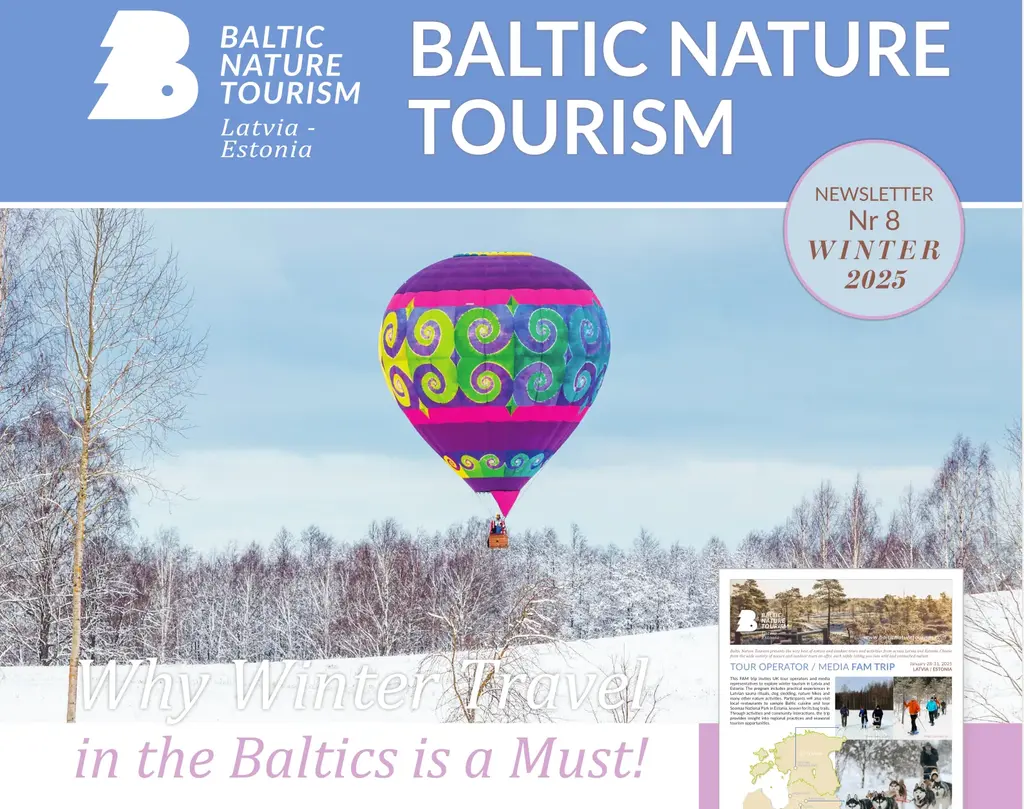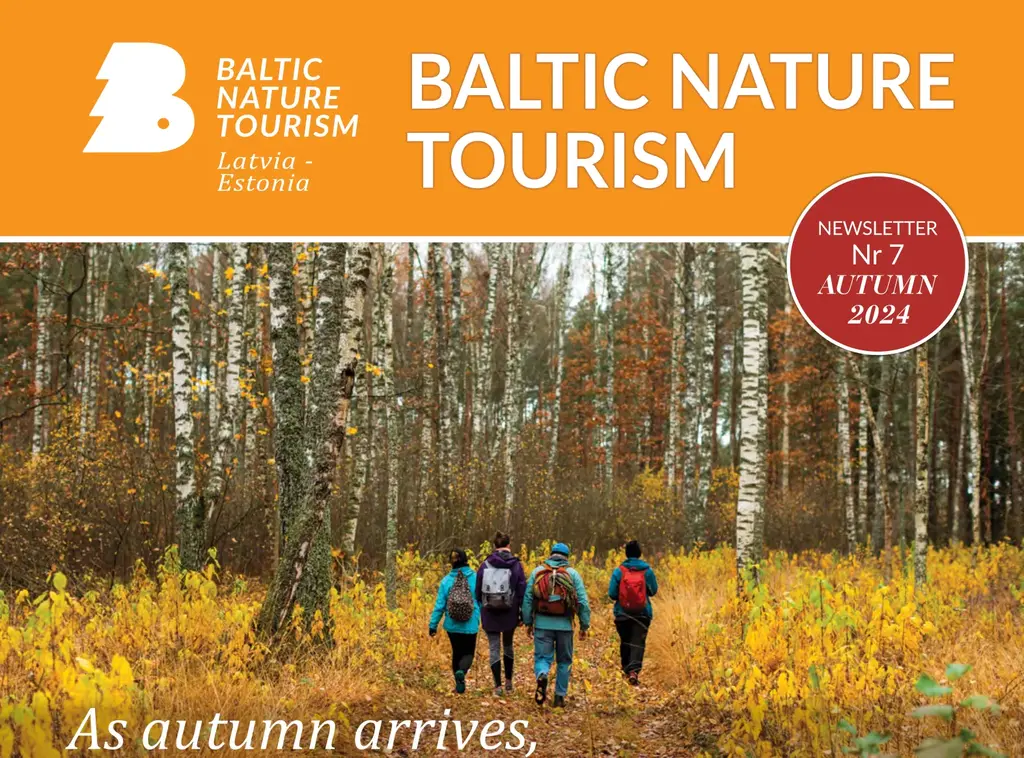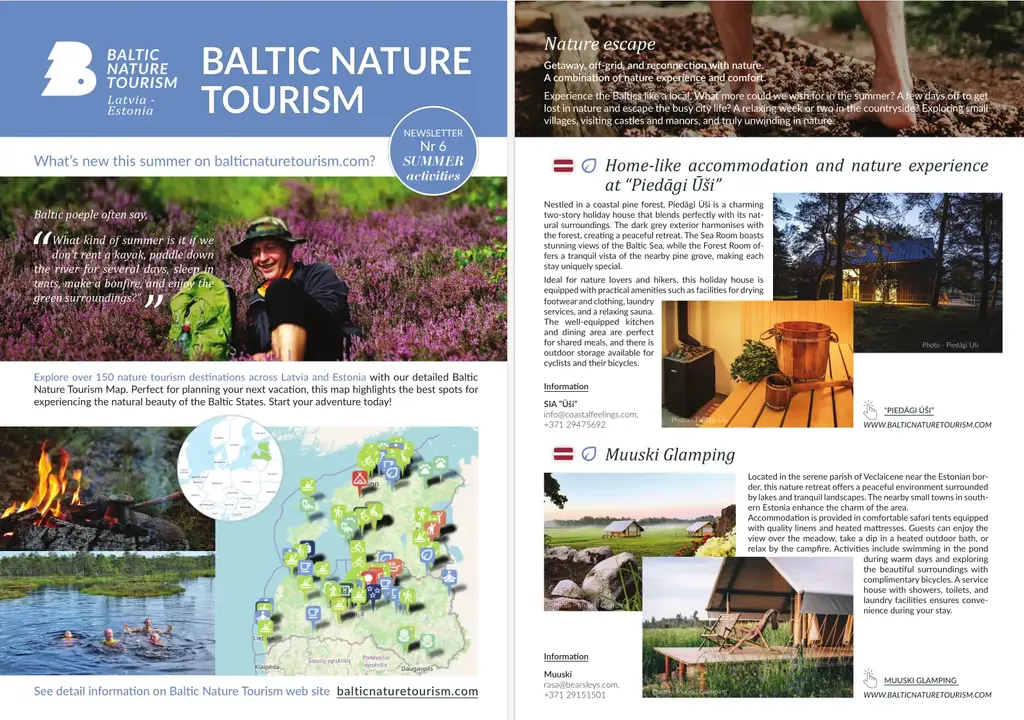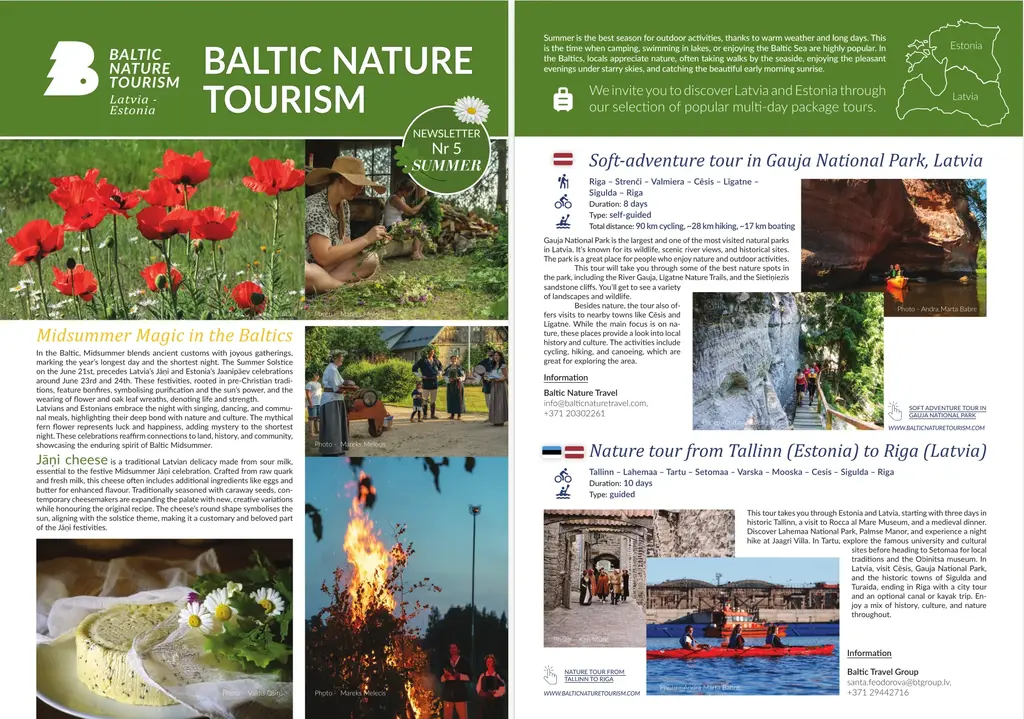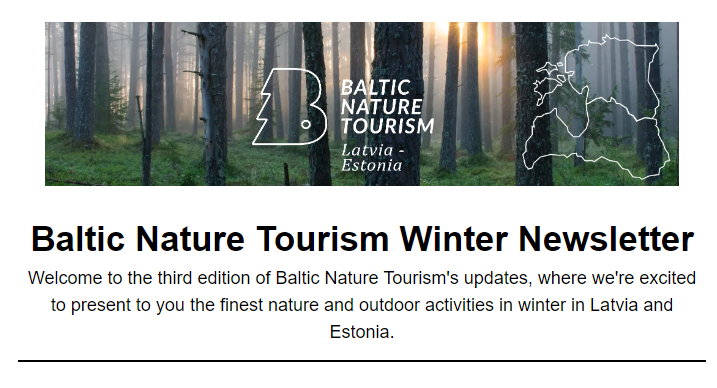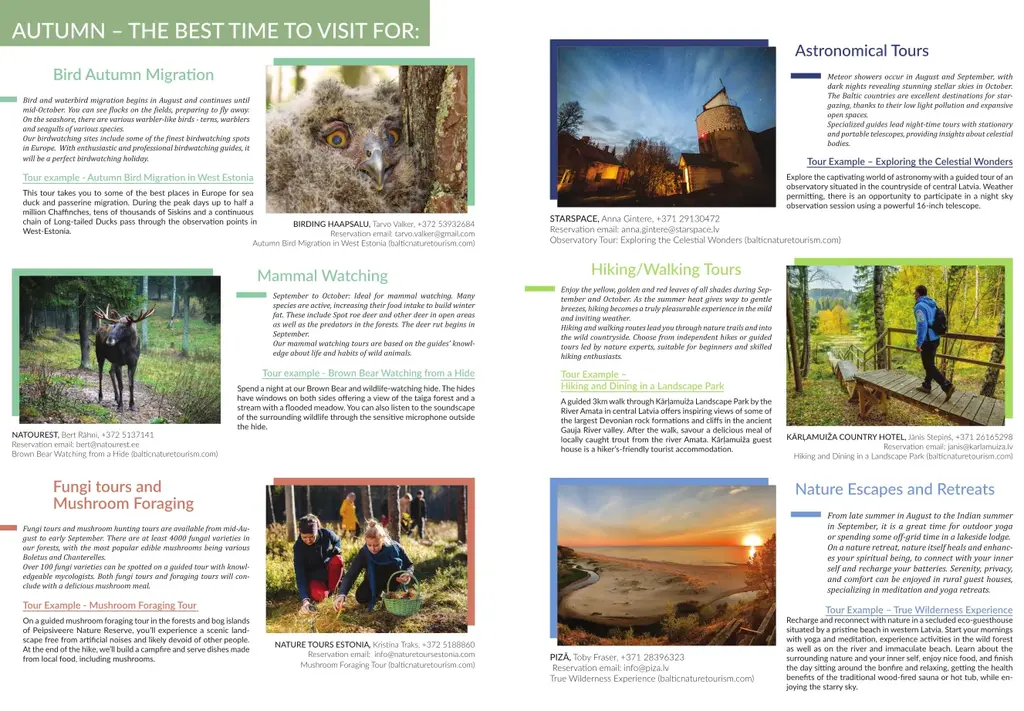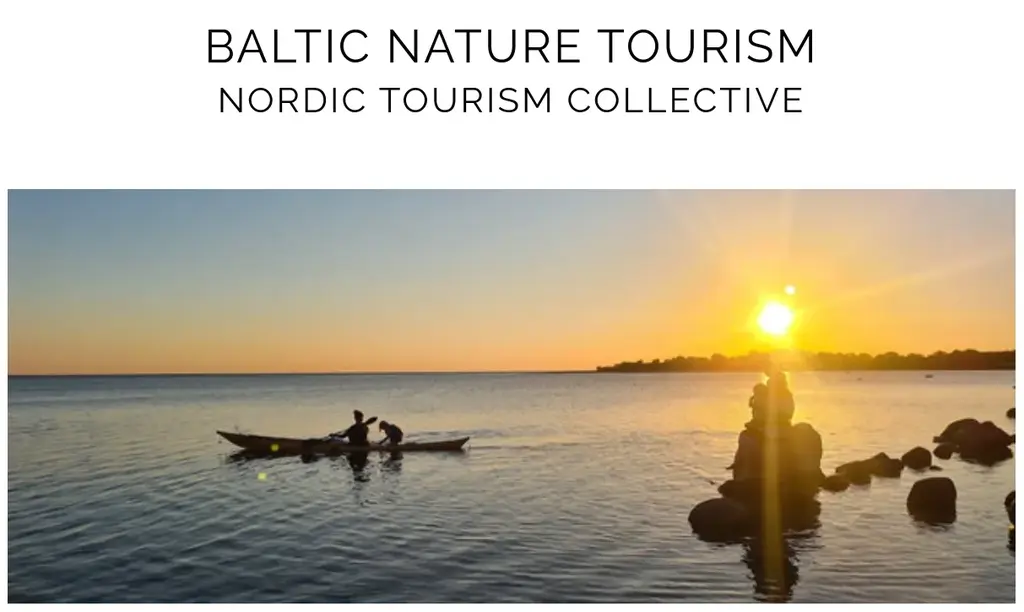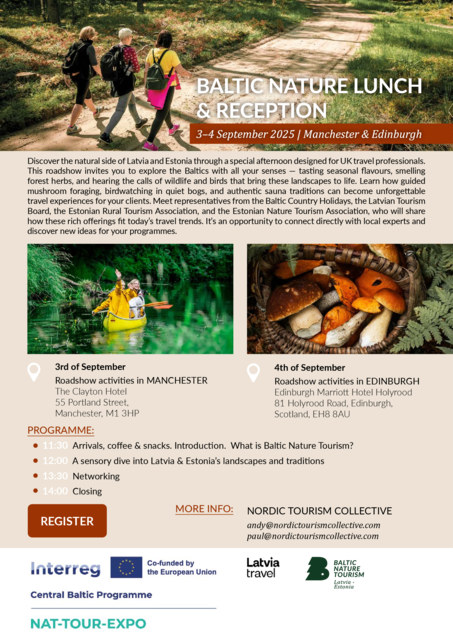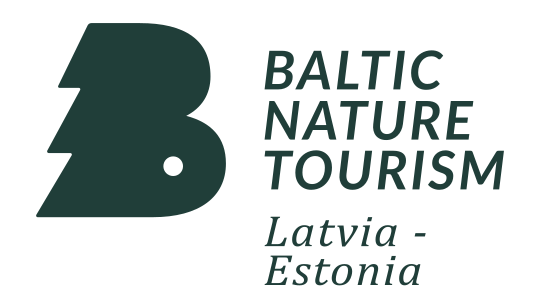Baltic Nature Tourism News
Please read our Baltic Nature Tourism newsletters here, and subscribe to receive regular updates. You can also stay updated by following us on Facebook and Instagram pages.
Baltic Nature Tourism Summer Newsletter #12
Winter in the Baltics
Discover what Baltic Nature Tourism has to offer in winter — from snowy forests and frozen lakes to cross-country skiing, husky adventures, and traditional saunas.
A true white winter: capital city old towns blanketed in snow, Christmas lights twinkling, the scent of braised sauerkraut and mulled wine in the air. Drive just 30 minutes out of the city and you’ll find yourself in a winter wonderland — crisp air, snow-covered trees, and frozen lakes where children play ice hockey while winter swimmers take icy plunges. Bogs lie under ice and snow, perfect for gliding across on skates or exploring with snowshoes. The Baltics are not the Alps, but we love our cross-country skiing. There are some downhill slopes too — modest in size, yet surrounded by endless snowy fields and rolling hills. Many animals hibernate in winter, making it an excellent time to visit huskies, whether for a walk or a sled ride. For a different view, take the cable car ride over the Gauja River in Sigulda, offering a sweeping panorama of the snowy valley. And if you’re wondering when to try a traditional sauna — the answer is simple: winter.
Baltic Nature Tourism Facebook news feed

Baltic Nature Tourism newsletter archive
Baltic Nature Tourism Summer Newsletter #11
Autumn in the Baltics
Discover the Baltic sauna culture
Latvia and Estonia have deep sauna traditions. In Latvia, the “pirts” is a cherished ritual with birch switches and fragrant steam that stretches back centuries. Estonia’s smoke saunas are equally rooted in history — and together with Finland, Estonians once set a Guinness World Record for most sauna photos shared on Facebook in an hour. As autumn cools the air, these warm retreats become even more inviting, offering a timeless way to slow down before winter arrives, just as countless generations have done.
Birds, Bogs & Baltic Traditions: ESTONIA & LATVIA FAM TRIP
From October 6–10, 2025, tour operators and media representatives from the UK are invited to explore nature tourism opportunities in Latvia and Estonia during a FAM trip organized by Baltic Nature Tourism. The curated itinerary showcases seasonal highlights such as bird migration, bog landscapes, sauna traditions, and local gastronomy. Participants will travel from Tallinn to Riga, experiencing authentic nature-based tourism products suitable for international markets.
The latest FAM trip took place in January and highlighted the appeal of Baltic nature tourism in winter. Despite the weather, participants experienced traditional saunas, winter outdoor activities, and local hospitality. The program showcased how nature and culture-based tourism in Latvia and Estonia remains engaging and accessible all year round.
A FAM (familiarization) trip is a curated tour for tourism professionals—such as travel agents, journalists, and bloggers—designed to showcase a destination’s offerings through direct, first-hand experience.
Read detailed FAM trip program
If you are a media representative or tour operator from the United Kingdom, you can apply for the tour by writing to balticnaturetourism@celotajs.lv.
Baltic Nature Tourism Summer Newsletter #10
Where Days Stretch and Nature Leads
In Latvia and Estonia, summer unfolds with nearly 18 hours of daylight—nights so brief that dusk blends into dawn. Forests are dense with green, bogs shimmer with wildflowers, and coastal trails echo with birdsong and waves.
By late June, Jāņi and Jaanipäev mark Midsummer with oak leaf wreaths, bonfires, and quiet rituals in meadows and farmyards. But nature’s rhythm carries on beyond the celebrations. Wetlands invite paddlers and bog-shoe hikers, while national parks host early morning wildlife tours and long-distance treks.
Village markets brim with seasonal produce— fresh berries, honey, and herbs—and countryside inns offer meals from forest and field. Outdoor concerts and night hikes add to the rhythm of the season, especially in August, when dark skies return and the Perseid meteor shower draws stargazers to quiet clearings.
Read PDF newsletter #10 here Read online newsletter #10 here
Baltic Nature Tourism Spring Newsletter #09
As the snow melts and daylight stretch- es longer, the Baltic region shifts into spring mode. Forests turn green, migra- tory birds return, and rivers swell with seasonal floods. For nature travelers, this is one of the best times to experi- ence Latvia and Estonia outdoors.
Apring brings a variety of activities. Bird- watchers can witness mass migrations at the seaside, small islands, islets and in many national parks and nature places such as - Kemeri National Park, Slitere National park in Latvia and Haapsalu, Matsalu National Park, Lahemaa Na- tional Park and many other places in Estonia. Boating and kayaking enthu- siasts can paddle through the flooded meadows of Dviete or Soomaa’s “fifth season”. Hikers and cyclists will find national parks coming to life with fresh colors and wildlife activity.
Baltic Nature Tourism Winter Newsletter #08
Why Winter Travel in the Baltics is a Must!
Winter travel brings a refreshing change of pace with fewer crowds, lower prices, and a unique perspective on familiar destinations. Snow-covered landscapes offer a quiet beauty, while local experiences feel more personal and less hurried. Off-season rates make accommodations more affordable, and winter activities like skiing, hiking, and cozying up by the fire give a balanced mix of adventure and relaxation. Winter in northern regions brings a unique transformation to nature, with familiar landscapes taking on new forms and rhythms. While bears settle in for their long sleep and migratory birds head south, fields, forests, and lakes undergo a seasonal shift, cloaking themselves in layers of snow and ice. Rivers and even parts of the sea freeze over, creating surreal scenes and opening up opportunities for activities that only winter can offer. Cross-country skiing, snowshoe hikes, and ice skating become the outdoor experiences of choice.
Read PDF newsletter #8 here Read online winter newsletter #8 here
Baltic Nature Tourism Autumn Newsletter #07
As autumn arrives, the Baltic landscapes experiences a transformation, with trees displaying vibrant colours and wildlife preparing for the colder months. The forests in Latvia and Estonia are ideal for observing these seasonal changes. The air becomes crisper, and the sounds of migratory birds signal the shift towards winter.
Foraging for mushrooms is a popular activity during this time, with the forests offering a variety of edible species. Mushroom foraging is a tradition that extends beyond simply gathering food. It serves as an opportunity to spend time outdoors, share knowledge across generations, and engage with nature.
Autumn is also an excellent time to begin winter swimming. The transition from warmer to cooler water is gradual, making it an ideal period to start ice bathing. This activity, increasingly popular in the Baltic region, can be paired with a visit to a traditional sauna, where the warmth provides a relaxing contrast to the cold water. Estonia’s and Latvia’s sauna culture offers a range of experiences, from traditional smoke saunas to more modern facilities, allowing visitors to engage with this cultural practice in a variety of settings. Baltic nature tourism offers a wide range of Soul tours!
Read PDF newsletter #7 here Read online autumn newsletter #7 here
Baltic Nature Tourism Summer Newsletter #06
What’s new this summer on balticnaturetourism.com?
Explore over 150 nature tourism destinations across Latvia and Estonia with our detailed Baltic Nature Tourism Map. Perfect for planning your next vacation, this map highlights the best spots for experiencing the natural beauty of the Baltic States. Start your adventure today!
Baltic Nature Tourism Summer Newsletter #05
Summer is the best season for outdoor activities, thanks to warm weather and long days. This is the time when camping, swimming in lakes, or enjoying the Baltic Sea are highly popular. In the Baltics, locals appreciate nature, often taking walks by the seaside, enjoying the pleasant evenings under starry skies, and catching the beautiful early morning sunrise.
Read PDF newsletter #5 here Read online Summer newsletter #5 here
Baltic Nature Tourism Spring Newsletter #04
Welcome to our 4th edition of Baltic Nature Tourism’s newsletter. As spring approaches, the Baltic region blossoms with exciting outdoor activities. Keep reading to learn about the various outdoor activities available in the beautiful Baltic region this spring
Read PDF newsletter #4 here Read online spring newsletter #4 here
Baltic Nature Tourism Winter Newsletter #03
Welcome to the third edition of Baltic Nature Tourism's updates, where we're excited to present to you the finest nature and outdoor activities in winter in Latvia and Estonia.
Read PDF newsletter #3 here Read online winter newsletter #3 here
Baltic Nature Tourism Autumn Newsletter #02
The second issue showcases autumn's top attractions. Bird-watching tours with ornithologists allow you to observe bird migration. Wild animals become more active during this time as they increase their food intake for winter. On a guided tour led by knowledgeable mycologists, you can spot over 100 varieties of fungi. Additionally, the weather remains suitable for outdoor activities such as hiking and even zipline rides.
Baltic Nature Tourism Newsletter #01
Welcome to the first of our updates from Baltic Nature Tourism. For the next couple of months we will bring you regular and fascinating insights that showcase the finest nature and outdoor tours and activities from Latvia and Estonia and tailor-made for the UK market. The Baltic countries are ideal nature tourism destinations as it's all so incredibly accessible with wild and untouched nature less than an hour's drive from the capital cities of Tallinn or Riga.
Baltic Nature Lunch & Reception in the UK, Sept 3-4, 2025
Baltic Nature Lunch & Reception in the UK, Sept 3-4, 2025
The Baltic Nature Lunch & Reception will take place on 3–4 September 2025 in Manchester and Edinburgh, inviting UK travel professionals to discover the natural side of Latvia and Estonia.
>>> Programe (PDF)
>>> Registration
The event offers a sensory journey through Baltic landscapes, from tasting seasonal flavours to hearing wildlife calls and learning about authentic sauna traditions. Attendees will meet representatives from Baltic Country Holidays, the Latvian Tourism Board, the Estonian Rural Tourism Association, and the Estonian Nature Tourism Association. The programme includes presentations, networking opportunities, and insights into how these experiences fit modern travel trends. It’s a unique chance to connect directly with local experts and develop new ideas for travel programmes.
MORE INFO: NORDIC TOURISM COLLECTIVE
andy@nordictourismcollective.com
paul@nordictourismcollective.com
FAM Trip to Estonia Active Nature, Culture & Community
2nd - 9th of September FAMtrip For Active Nature & Adventure Tour Operators
This trip shows how Estonian nature tourism combines well-being, adventure, and culture. In just a few days, you will explore extraordinary variety: birdwatching on coastal islands, sunrise hikes in mystical bogs, kayaking in the Gulf of Finland, and relaxing in a traditional smoke sauna. Alongside, you’ll enjoy forest-to-table cuisine and meet passionate local hosts who keep tourism authentic and sustainable.
In a short time, the programme reveals Estonia’s unique mix of landscapes, activities, and traditions, making it an ideal destination for travellers seeking diverse, meaningful, and healthy nature experiences.
FAM Trip to Estonia: Nature & Wildlife Watching
2nd - 9th of September FAMtrip for Nature & Wildlife Watching Tour Operators
Discover Estonia – A Journey into Nature, Culture & Wildlife
This three-day FAM trip showcases Estonia’s wild diversity in a compact journey. Starting in seaside Tallinn, you’ll explore the Gulf of Finland’s birdlife, join a seal-watching boat tour, and spend a night on Aegna Island.
Day two reveals Lahemaa and Kõrvemaa with waterfalls, bogs, wild swimming, and forest-to-table dining, before moving on to Alutaguse National Park—Estonia’s most bear-rich region—for an overnight in wildlife hides. Here, bears, moose, foxes, eagles, and more may appear just outside your cabin.
The final morning continues in Alutaguse with a snowshoe walk through bog and forest edges, before returning along the coast and Lahemaa landscapes to Tallinn. In just three days, you’ll experience active adventures, authentic food, and close encounters with Estonia’s wildlife and culture.

